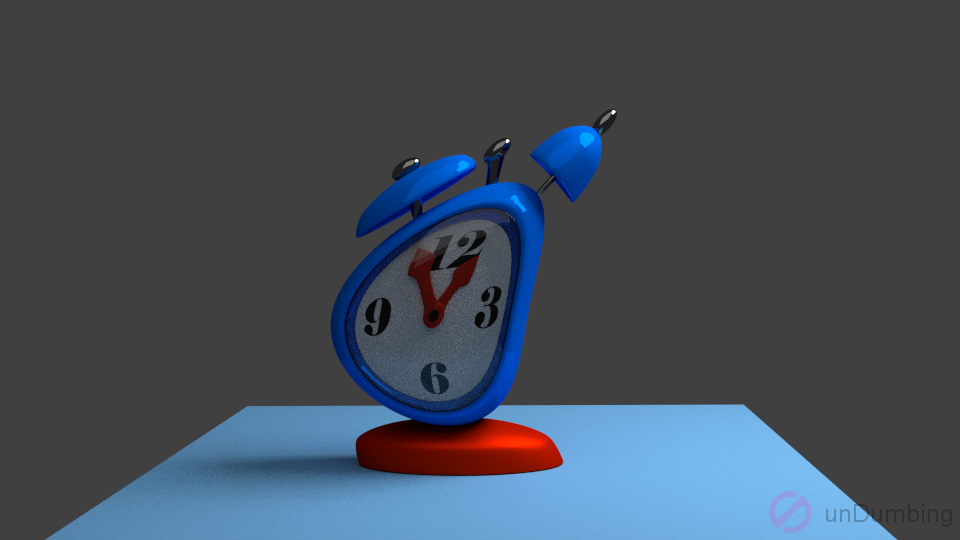Changing My Personal Support System Again?

Your personal support system will need to evolve as your life changes, so there will never be a perfect one. Remembering this will help you avoid frustration and disappointment.
Below are links to what I’ll go into today:
To begin, here’s how my personal support system was structured previously:
My Story
Before I was 11 1/2 years old, I relied on my parents for financial support and validation, while learning through negative reinforcement. As far as I can remember, I counted on reading books that had happy endings and comedies to keep me satisfied. Towards the latter part of this time, I started seeking out friends for emotional support, mainly through phone calls as I was not allowed to go out except for school, the library, the store, and the laundromat.
After my dad passed away until my early 20s, I turned more to my friends and cousins for emotional support. Starting in middle school, I listened to music to help me through sad times and eventually stopped using books as an escape after high school. Financially, I turned to my mom less as I started getting part-time work and financial assistance for college.
During my mid-20s through to the last couple of years, I counted on my partner and myself monetarily and emotionally. As I started to focus on my nuclear family, I spent less time with friends.
Listening to music and watching comedies continue to aid me through unhappy or stressful times, but I’m happy that books with positive endings have recently reappeared to help me, along with my personal support system!
What is a personal support system? It’s different for each person, but my system currently includes me, my partner, and kids.
My System
Each part of the system serves a purpose and my partner and kids support me where I need additional resources or skills. Some examples are listed below:
Me
- Draft plans to achieve my goals
- Ask for help
- Educate and train the kids
- Try out new ideas, even if they are out of my comfort zone
- Execute on my plans
- Complete tasks the best I can, given the available time, even if they’re not done perfectly
My Partner
- Problem-solves when needed
- Injects fun in the family
- Protects the family
- Educates and trains the kids
- Disciplines and makes difficult decisions
- Performs household chores
- Provides overall direction for the family’s future
- Encourages me to explore my interests
- Shares knowledge and suggests skills for my improvement
- Masterminds the family’s financial strategy
The Kids
- Performs household chores
- Works towards financial independence and self-sufficiency
- Connects with me through sharing stories about life outside the family
Based on my goals and responsibilities, I can see that I have more to learn and improve on. Below are some examples of what I can focus on:
Continuous Improvement
- Better communicate my needs
- Show my appreciation for the assistance that I receive
- Explore more personal interests
- Increase self-sufficiency
- Continue to educate and train the kids
- Reflect on my progress and needs to see where I can add more knowledge and skills
Thinking back on how my support system has changed throughout the different stages of my life, it’s now obvious that I adjusted it based on my needs, within boundaries of my surroundings. As the enforcement of rules decreased and new responsibilities appeared, I explored more options and improved my support system. With all the changes, below would be advice for my younger self:
Lesson for Dumber Self
- Pay attention to your needs, keep what is helpful, be flexible to purge what is unnecessary, and add what will be useful. Repeat throughout life.
What will you do now?
Next Step for You
- Review your personal support system and adjust it, as needed?
- Read another post on this site? (Go to the menu at the top of the page.)
- Explore more on a related topic? Rözer, J., Mollenhorst, G. & Poortman, AR. Family and Friends: Which Types of Personal Relationships Go Together in a Network?. Soc Indic Res 127, 809–826 (2016). https://doi.org/10.1007/s11205-015-0987-5
